Off the Beaten Track
Hamaxia is 12 km north west of Alanya, near the village of Elikesik. Strabon recorded that the cedar used in ship building was grown in the town. It is believed that the town was founded before the Roman period, as the ruins of a rectangular tower show Hellenistic features. The most significant ruins date from the Roman and Byzantine periods, and include a religious complex, necropolis, fountain and pool. From the slope that faces the sea there are good views of Alanya, and on a clear day it is possible to see as far as Gazipașa in the east and Manavgat in the west.
Colybrassus is a Roman city, also known as Ayasofya. The ruins are situated in the Taurus mountains, 30 km north west of Alanya. The ruins include city walls, a theatre, a temple and some houses. Many inscribed stones give important information about the city, but much of its history is still unknown. It must have been of some importance, as it minted its own coins.
Syedra, about 20 km east of Alanya, near Seki village, dates back to the 7th century B.C. It is signposted from the main Alanya-Gazipașa road. The ruined walled city has splendid views over the sea. The ruins of several cisterns, a temple, a theatre, an acropolis, a necropolis, an agora and houses and a bath are found inside the remains of the city walls. There are mosaics on parts of the floor of the bath. The remains of the colonnaded street of the city are found to the west of the bath. Many inscriptions about races and competitions can be found. One of the caves, decorated with coloured frescoes, is believed to have been used for religious purposes and is known as the Baptising Cave.
Leartes, about 25 km from Alanya, is an ancient city at the foot of the Cebel-i Reis mountain (1649m). It is signposted from the main Alanya-Gazipașa road. An inscription found in the town dates from the 7th century B.C., and is now in Alanya Archaeological Museum. It was an important city, as coins were minted there, and inscriptions suggest that it was at its height between the 1st and 3rd centuries A.D. The ruins include observatory towers, a theatre, an agora, a bath, a necropolis and temples to Zeus, Apollo and Caesar.
Selinus, about 45 km east of Alanya, the Roman city lies 3 km south of Gazipasa, on a plain where the Gazipasa River flows into the sea and on a hill to the east. Cassius Deo recorded that Roman Emperor Trajun died in Selinus in 117 AD, whilst returning from Syria to Rome. After cremation in Selinus, Trajun's ashes were interred in the Column of Trajun in the Forum in Rome. After Trajun, Rome further developed Selinus and coins were minted there until the reign of Alexander Severus. In the 13th century the Seljuks converted some of Selinus's Roman buildings into the Şekerhane Köşkü hunting lodge. This historically significant site has been researched by Alanya Museum and the German Archaeological Institute. Along with Gazipaşa, it offers an authentic taste of the region to more adventurous visitors.
Nephelis, 55 km east of Alanya, stands high on a hill overlooking the sea. It is near to Muz Village. Roman ruins include a temple, theatre, water system, limekiln and necropolis. On the highest part of the hill are the medieval ruins of a citadel and city walls.
Adanda Lamus is a Roman city. It is 55km east of Alanya, and 2 km north of Adanda village. The ruins include a necropolis, an agora, a fountain and temples to the Emperors Vespasianus and Titus. Some rooms are carved into the rock.
Antiocheia ad Cragum is 60 km east of Alanya, by the coast, on Mount Cragus, near Güney village. It was named after the 1st century A.D. King Antiochus IV of Commagene. The ruins include a colonnaded street, an agora, a triconchos, a bath, a necropolis and part of a church. The ruins of a medieval fortress overlook the sea. The remains of a temple lie to the north of the city.
Shorex:
- The ruins of all of the above ancient cities are open for exploration, with no admission charges.
- Excursions to these sites would suit small groups of tourists who have a keen interest in, and a genuine regard for, archaeological sites.
- Visitors to these sites should: be reasonably fit; be able to walk over difficult terrain; take plenty of drinking water with them; wear walking shoes; consider taking a walking stick.


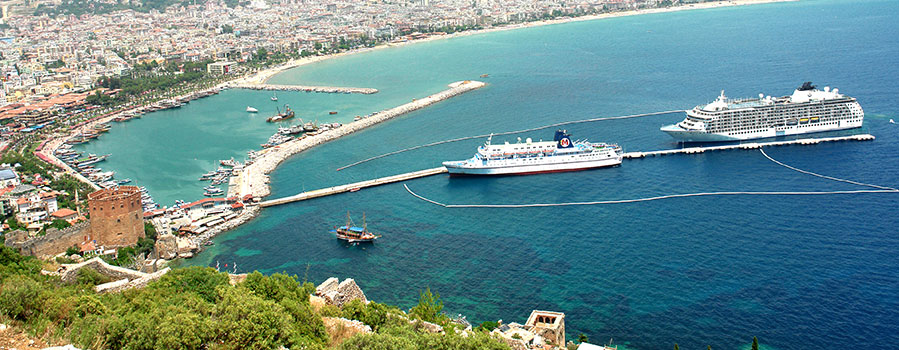
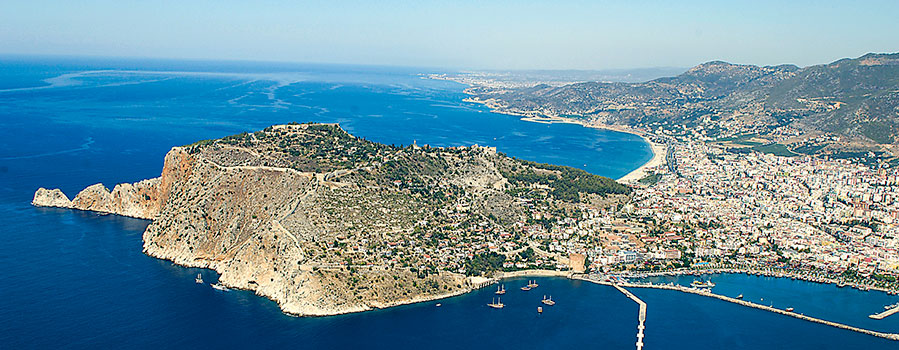
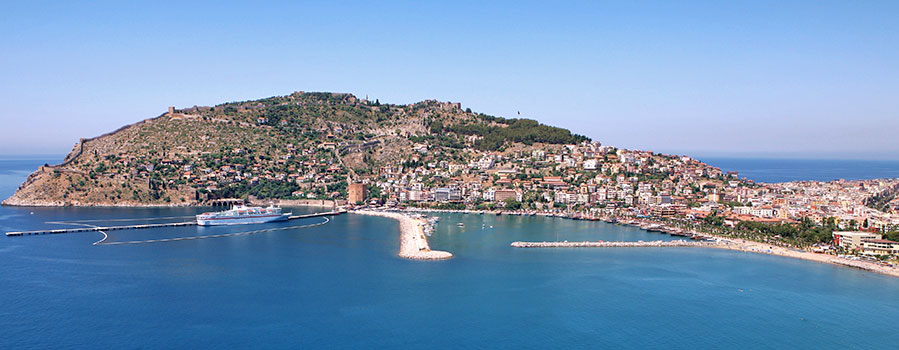
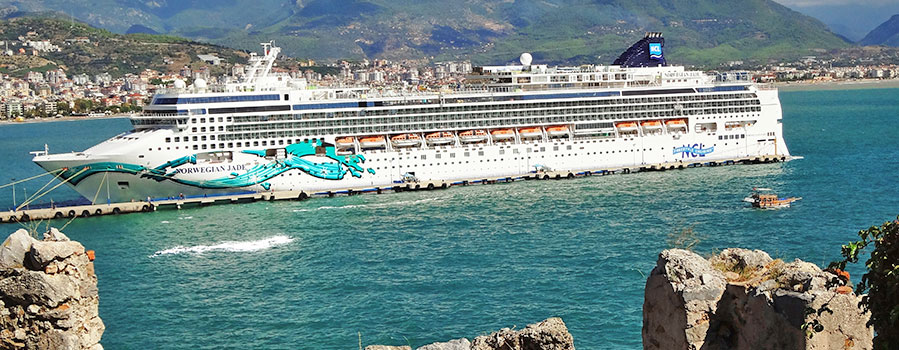
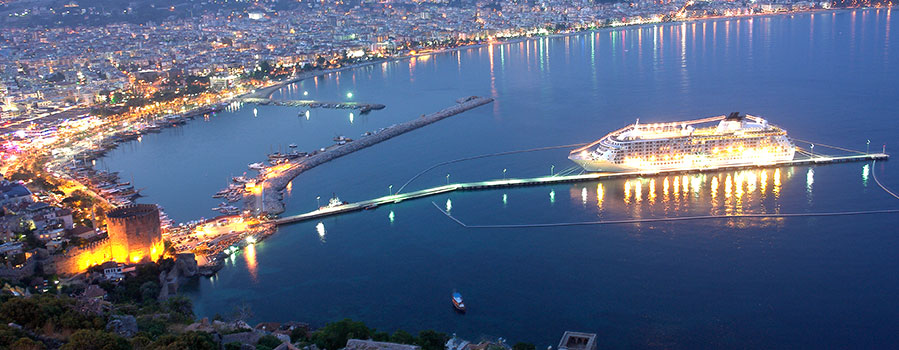
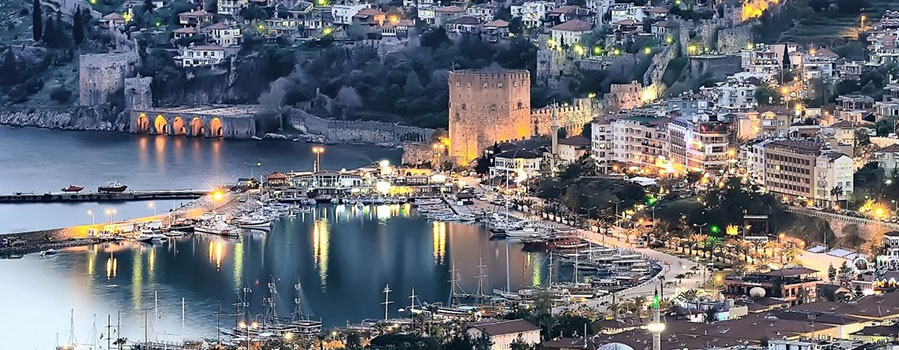
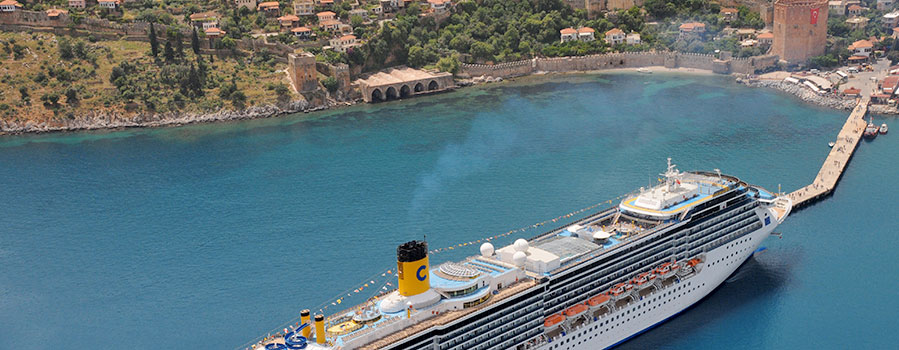
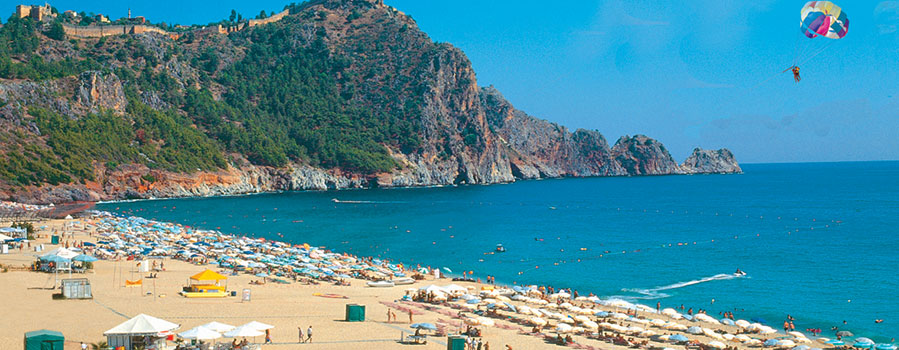
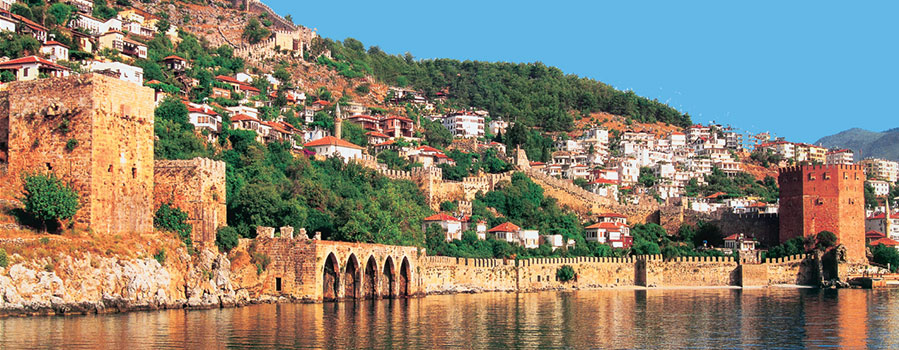
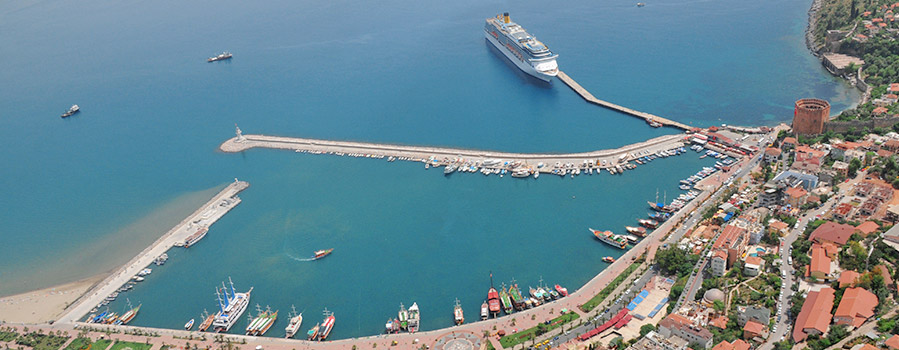
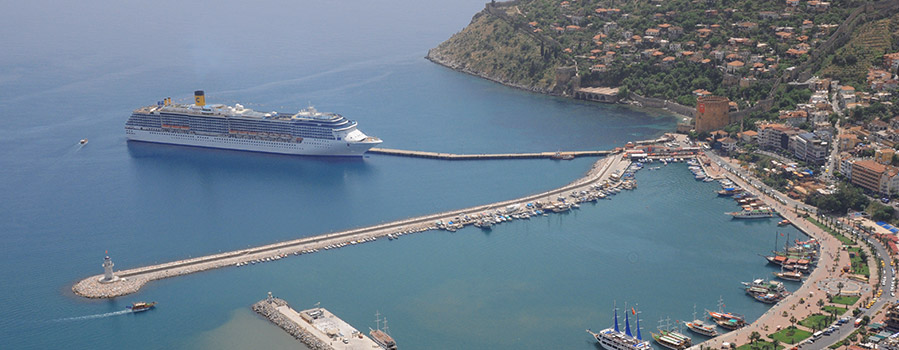
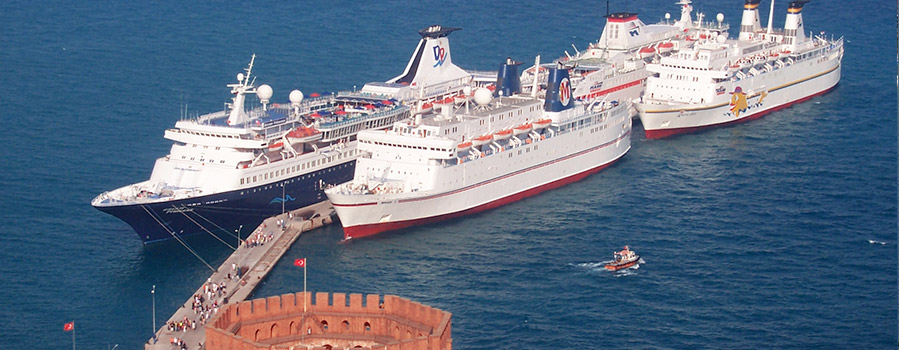
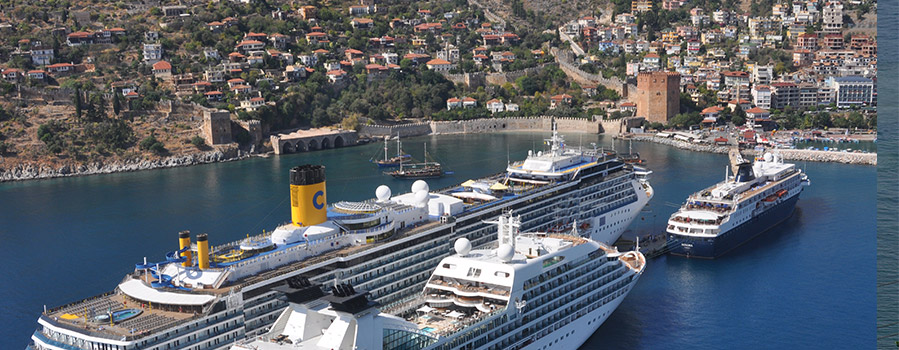
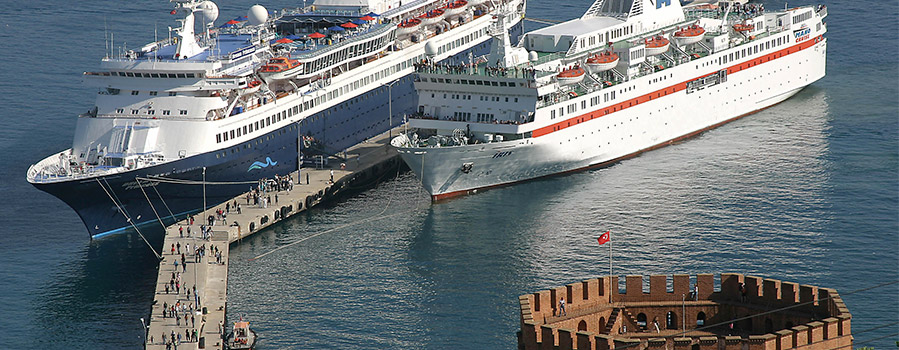
 Print
Print Send to a Friend
Send to a Friend